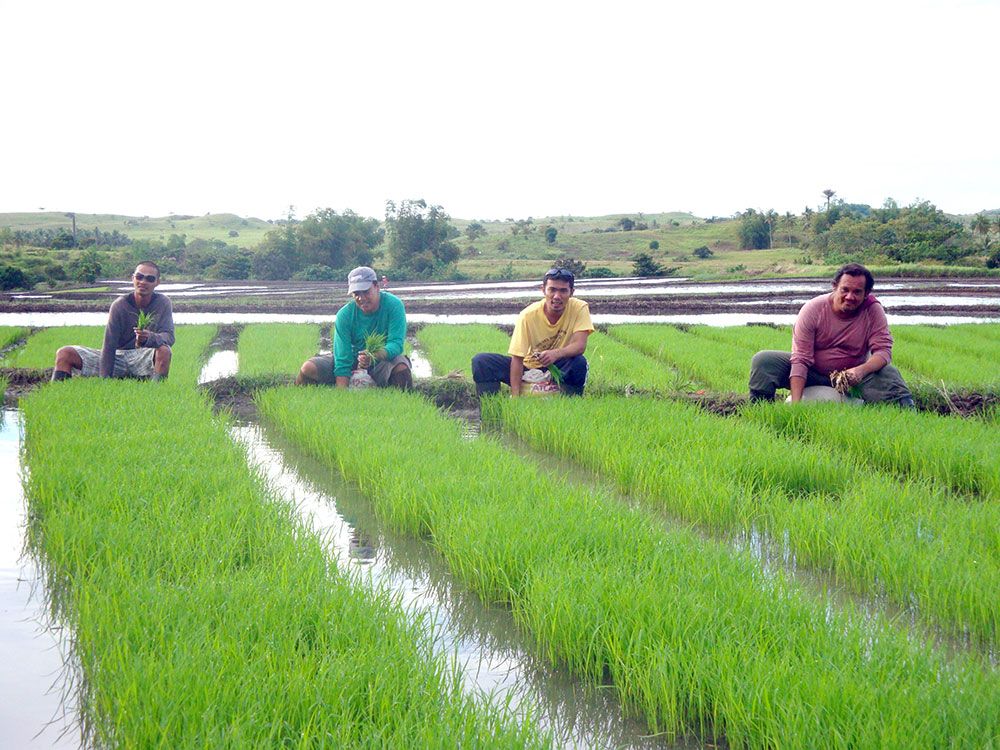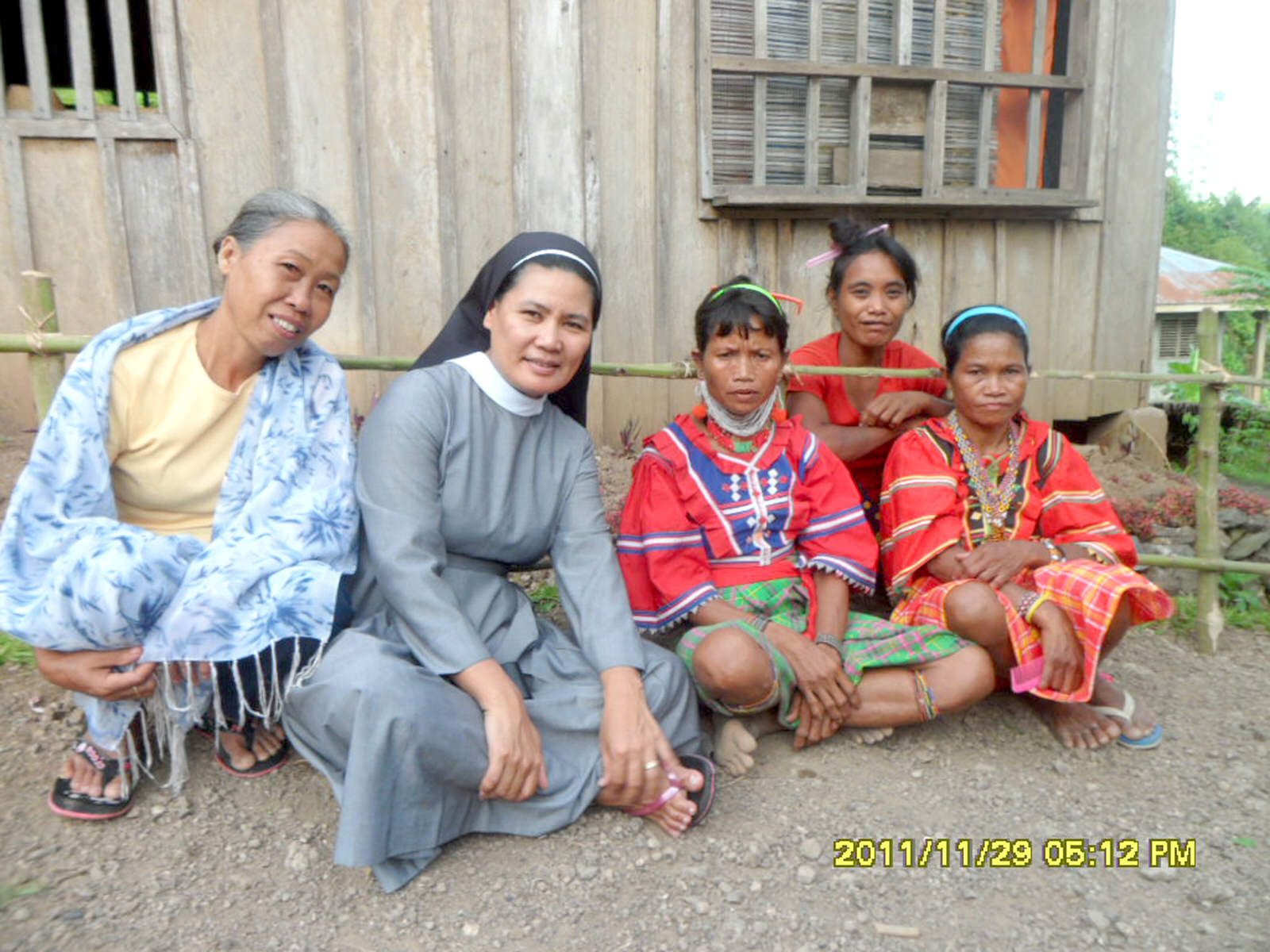The 21st century saw the “Korean invasion” of the Philippines. But unlike their Spanish, Japanese and American predecessors, people from the Land of the Morning Calm continuously come to the Pearl of the Orient not to occupy but primarily to learn the English language and, subsequently, to tour the country of 7,107 islands. In fact, government records show that South Korea was the top source of tourist arrivals in 2012. The reputation even reached a milestone when the Philippines welcomed its one millionth South Korean tourist last December. The growing number of Korean migrants in the Philippines has caused Korean restaurants, grocery stores, salons and entertainment centers to sprout like mushrooms in the capital town of Manila and even in other nearby provinces. The Koreans have also subtly influenced their host with the introduction of Korean TV novels, fashion, arts and culture to the Filipinos. One would wonder how Filipinos are able to sing along Korean songs like “OppaGangnam Style” or why they would flock concerts of K–Pop artists as if they comprehend Korean songs. Learning the English language may be one of the major reasons for the Koreans’ exodus for the Philippines. But there is more than that. While most Koreans come to the Philippines for education and tourism, some of them travelled here just to help. House of Mary Some Koreans found home here in the Philippines. The first group of Korean missionaries came to the country seven years ago. The Seoul–based Sisters of the Our Lady of Perpetual Help were in search of a community to help and found it in Navotas under the Diocese of Caloocan. Although classified as a first class city, Navotas is relatively poor. The city occupies a narrow strip of land spanning 10.77 square–kilometers along the eastern shores of Manila Bay, making fishing and fishing–related industries as the primary sources of livelihood for its residents. Records of the National Statistical Coordination Board revealed that Navotas has a population of 245,344 as of 2007 and has a 0.87 annual population growth rate. The NSCB also classified Navotas as one of the poorest municipalities in Metro Manila based on its 7.4 poverty incidence rate. “When we came to the Philippines in 2006, we looked for a good place for our mission and we, eventually, chose Navotas. We came over after Bishop Deogracias Iñiguez formally invited us to establish missionary work here,” said Sr. Kim Lucia, one of the three Korean missionary Sisters in Navotas. The mission of the Korean Sisters started with the establishment of a pre–school institution that gives free education to five to six–year–old children belonging to poor families under the parish of San Lorenzo Ruiz and Martyrs Church in Kaunlaran Village, Navotas. They put up Tahanan ni Maria (House of Mary) within the parish grounds in 2006 is now second home to some 106 pre-school students. With the help of Korean donors and benefactors, the Korean Sisters in Navotas are able to hire teachers for the pre–school children and feed










